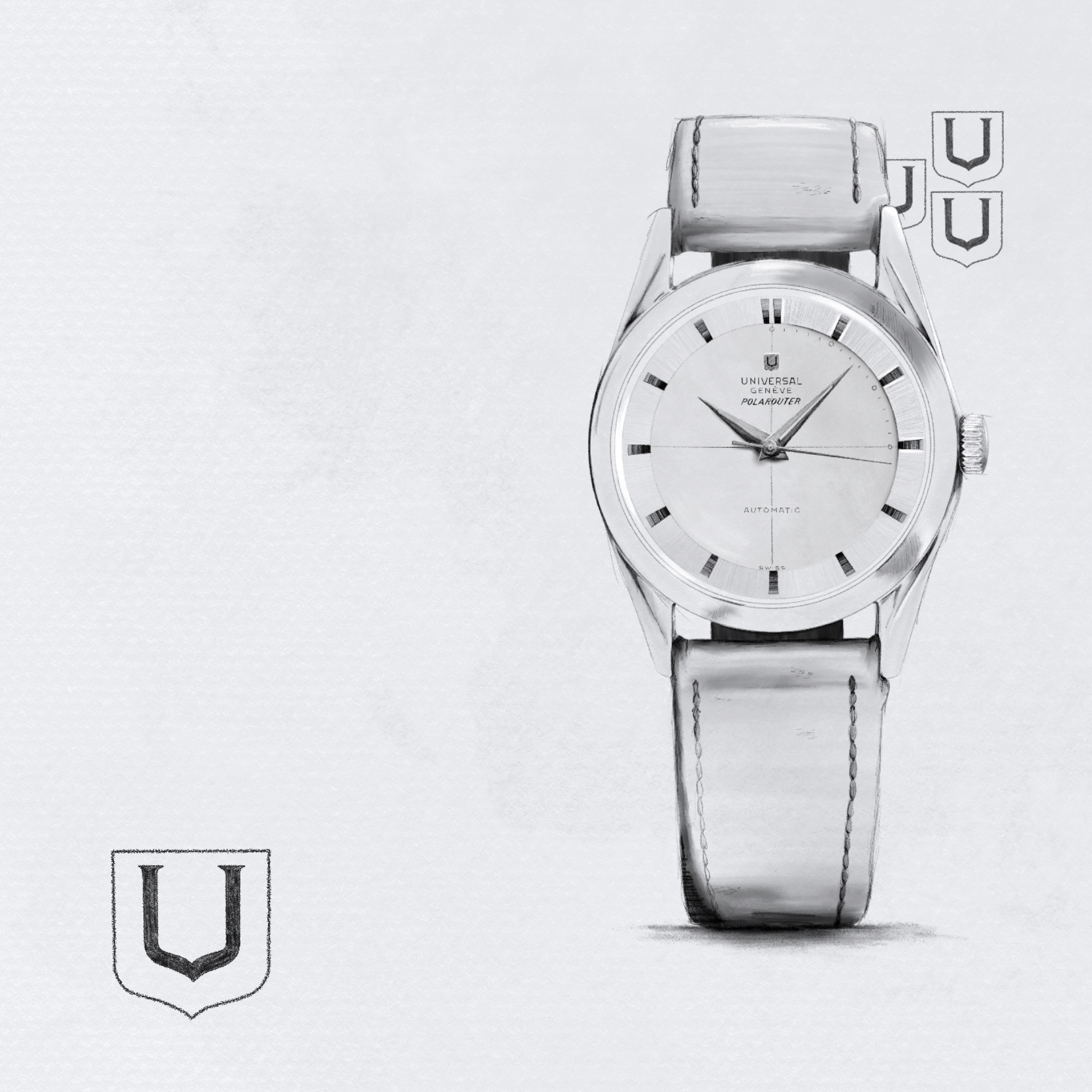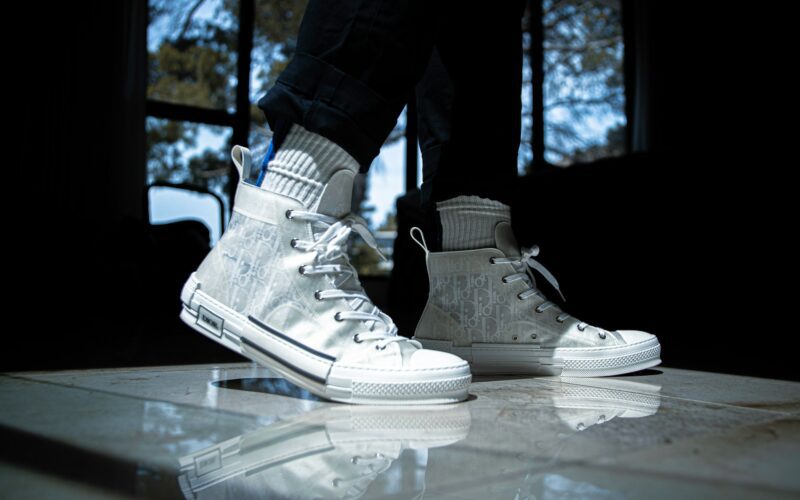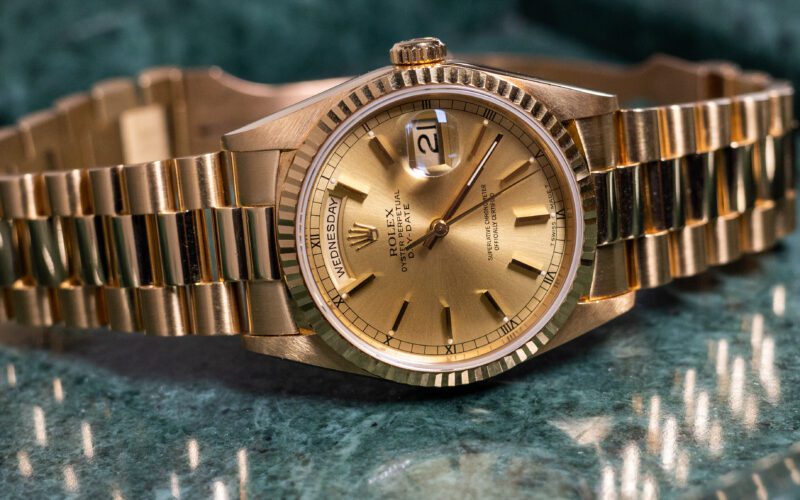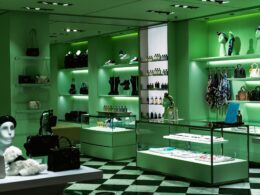Imagine, you raise the prices of your services or products and your sales skyrocket. This sounds illogical, so how is this possible? In this article, you’ll read more about the paradox of Veblen goods, and what you can learn from it.
What do a Louis Vuitton bag, Rolex watches or art have in common? You can think of them all as a Veblen commodity—a product whose demand increases as its price rises.
As a marketer, you often encounter economics. Products, services and consumers are categorized into types, and effects are analyzed and described. Economic terminology flies all over the place. Many things seem logical, such as that a discount increases sales. But marketing cannot be encompassed only in economics; psychological effects also come into play.
In luxury marketing, on the contrary, other factors are key. I would even venture to say that in luxury marketing, psychology and influence (neuromarketing) are of much greater importance. It is about the deeper needs and self-fulfilment of the human/consumer. It is not about whether something is logical – or a necessity – but about fulfilling a desire.
I like to write about these desires and their underlying drivers. In this article, I take you through a seeming illogic: the effect of Veblen goods. And what you can learn from this.
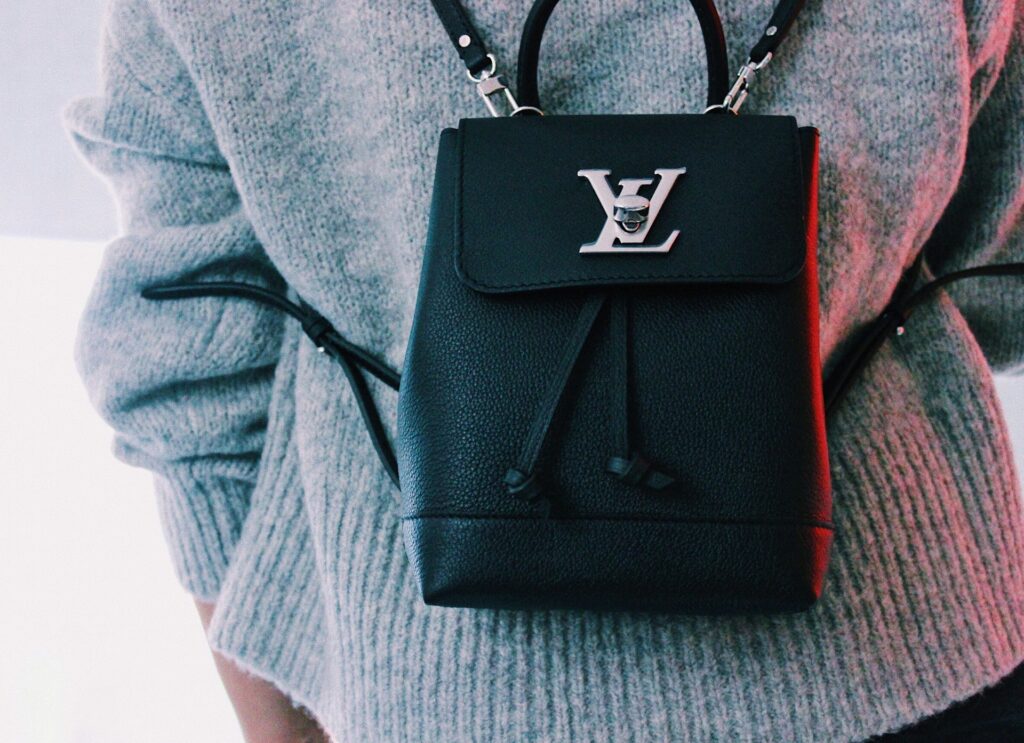
What are Veblen goods?
In economics, Veblen goods are products with positive price elasticity. This means that the demand for a product increases when the price of that product increases. Interestingly, Veblen goods do not necessarily have to be expensive to be in demand. In some cases, it may simply be that the product is hard to come by. This may be due to high demand or limited supply.
But Veblen goods are often luxury items. Items that are purchased not only for their utility but also for their prestige value. You can think of a Rolex watch or a Louis Vuitton handbag as Veblen goods.
Three examples of Veblen goods
There are myriad examples of Veblen goods, but I’ll take you with three examples drawn from the luxury industry.
Exquisite art
The value of art is determined by several ” uncanny” variables. It is often the large auction houses that determine the value, along with the interplay of supply and demand. Yet art is a classic example of a Veblen commodity, where the high price increases the appeal of a work of art.

Luxury cars
While most cars lose their value as soon as you drive out of the shop, there is one category that actually becomes more valuable . Super-luxury cars are typical examples of a Veblen asset where the price is disproportionate to the utility, but the desire is all the greater

Jewelry
In the 1950s, the jewelry brand De Beers, known for its diamonds, engaged in a successful marketing campaign. Men (particularly middle-class men) were indoctrinated with the idea that an engagement should be consummated with a diamond ring, one of at least twice your monthly salary. It changed the diamond industry forever.

Marketing plays a big role in the luxury industry, especially that of jewelry. Jewelry may have the least utility of all luxury goods, but this does not make it any less coveted.
Other possible examples are luxury watches, designer bags, exclusive clothing or fine whiskeys.
Veblen goods may also be viewed as investments. They may not always increase in value, but they often hold their value better than other items. Not surprisingly, luxury goods are now seen as a new asset class.
What you can learn from Veblen goods
There is much we can learn about what drives human behavior by studying Veblen goods. There are numerous studies about them. But the lesson you can take from them is that price and effect are not necessarily coherent in a logical way. Let me give you an example from an entirely different sector: the software industry.
In my personal network, I know several engineers and recruiters in this industry. The amount of a software engineer’s hourly rate is linked to the complexity of a job. By this I mean: it is common that cheaper software engineers are not considered capable of completing a complex assignment. This means that an hourly rate must actually be increased in order to win a job. Of course, you see this in other industries as well.
Therefore, consider the following:
- Compare your prices. How do they compare to your competitors? Do you have prices higher or below? Can you identify the reasons why?
- Then test the effect of raising your prices. Find your pricing elasticity.
- Determine if you are an authority in your field and therefore can command a higher price
- If you sell products that are considered luxury items or status symbols, you may be able to increase your prices and profits by applying the Veblen effect.
As a business owner, you can take advantage of the Veblen effect by pricing your products accordingly.
The consumer dictates
Remember though, ultimately it is the consumer who determines whether your product can be considered a Veblen good. Of course, it is important to make sure that your product is worth the price you charge. If it is not, customers will eventually notice and it will have a significant negative impact. However, if you have a quality product that people will want, using the Veblen effect can be a great way to maximize your profits.
This article is a translation of an article first published on the Dutch-language marketing platform Frankwatching.

